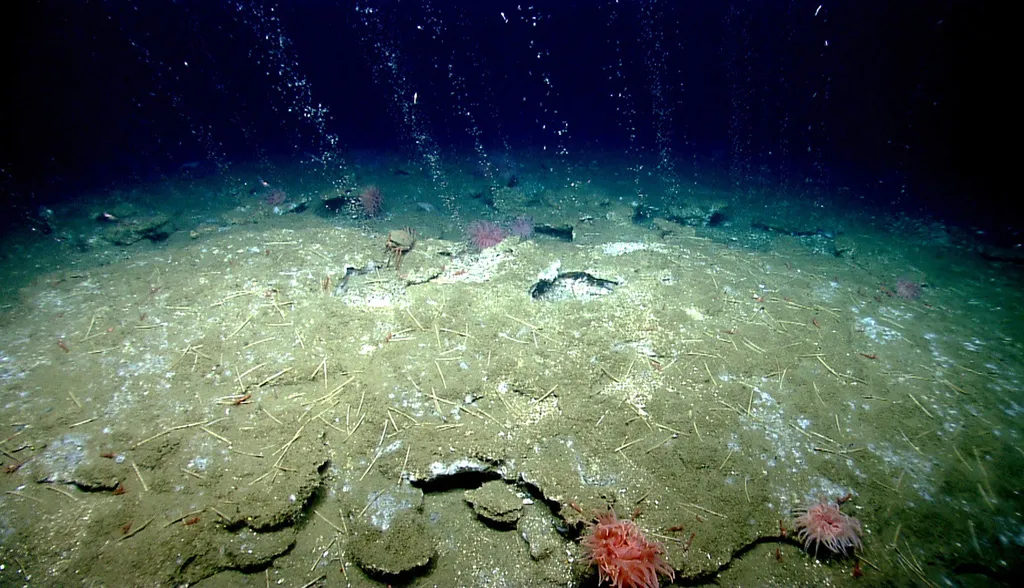In the heart of Russia’s unique Chernevaya Taiga forest, a team of scientists led by Irina Kravchenko from the Winogradsky Institute of Microbiology has uncovered a promising solution to a global environmental challenge. Their research, published in the journal ‘Microorganisms’ (translated from Russian), focuses on the isolation of a methane-consuming microbial consortium and its potential to restore methane oxidation capacity in agricultural soils.
Methane, a potent greenhouse gas, is approximately 25 times more effective than carbon dioxide at trapping heat in the atmosphere. Agricultural soils, particularly those converted from natural ecosystems, often lose their ability to act as methane sinks due to changes in microbial communities. Kravchenko and her team have identified a stable methane-oxidizing microbial consortium, dominated by the bacterium *Methylocystis*, which could help reverse this trend.
The team collected soil samples from the Chernevaya Taiga, a rare and protected forest ecosystem known for its unique biodiversity. “The Chernevaya Taiga is a treasure trove of microbial diversity,” Kravchenko explains. “We believed that the methanotrophic bacteria thriving in these soils could hold the key to enhancing methane oxidation in agro-ecosystems.”
In a four-week laboratory experiment, the researchers inoculated soddy-podzolic agro-soil with the isolated consortium. The results were promising: inoculated soils exhibited significantly higher methane oxidation potentials compared to non-inoculated controls. Moreover, the number of methanotrophic bacteria, quantified using qPCR targeting *pmo*A genes, remained stable throughout the incubation period, indicating the consortium’s potential for long-term persistence in agro-soils.
The implications of this research for the energy sector are substantial. Methane emissions from agricultural activities contribute significantly to global greenhouse gas inventories. By enhancing the methane oxidation capacity of agro-soils, this microbial consortium could help mitigate these emissions, supporting the energy sector’s efforts to reduce its carbon footprint.
Kravchenko envisions a future where such microbial inoculants are routinely used in agriculture to combat climate change. “This is just the beginning,” she says. “We hope our findings will pave the way for further research into the application of methanotrophic consortia in various agro-ecosystems worldwide.”
The research also highlights the importance of preserving natural ecosystems like the Chernevaya Taiga. These ecosystems harbor unique microbial communities that could hold the key to addressing global environmental challenges. As such, the study underscores the need for continued exploration and conservation of biodiversity hotspots.
In the fight against climate change, every solution counts. Kravchenko’s research offers a glimmer of hope, demonstrating the potential of microbial innovations to enhance methane oxidation in agro-soils and support the energy sector’s sustainability goals. As the world grapples with the realities of a warming planet, such discoveries remind us of the power of nature-based solutions and the importance of preserving our planet’s rich biodiversity.

